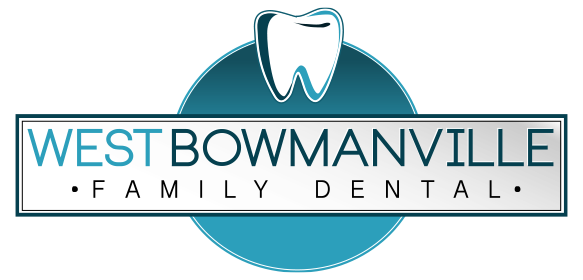Dry socket is a complication that rarely develops after removing a tooth in Newcastle. The proper name for this condition is alveolar osteitis, and it isn’t dangerous, although it can be a bit uncomfortable. It is a condition that can develop in the empty socket left behind after a tooth is removed and where the blood clot that normally protects the socket is dislodged or breaks down.
Usually, after a tooth extraction, a blood clot forms in the socket to begin the healing process. The clot is extremely important because it helps to protect the bone underneath, forming a barrier while the socket heals. If the clot is disturbed in any way, it can expose the bone and nerves underneath, potentially causing discomfort and pain. Dry socket will generally develop three or four days after a tooth is removed and only occurs in a tiny percentage of cases. It rarely develops in the upper jaw and most often develops when lower back teeth are removed, for example, if you need your wisdom teeth removed in Clarington.
What Are the Signs of Dry Socket?
The name of this condition describes the appearance of the empty tooth socket, so if you look at it, it appears to be empty, and you might even see some exposed bone. It is characterized by a throbbing, dull and aching pain that can radiate outwards towards your ear. You may develop bad breath and an unpleasant taste. Dry socket doesn’t usually cause any swelling or redness, or fever.
Who Is More Likely to Get Dry Socket?
Smoking can increase the likelihood of getting dry socket because the sucking action can dislodge the blood clot. Women taking oral contraceptives are more at risk of getting dry socket. The risk increases if you place too much pressure on the extraction site too soon after oral surgery. Other actions like brushing the extraction site too vigorously or chewing on it can dislodge the protective blood clot. If you need a more complicated tooth extraction, it can slightly increase the risk of dry socket.
Preventing Dry Socket
Suppose you do need a tooth removed here at West Bowmanville Family Dental. In that case, we take extensive precautions to ensure the process is as smooth and as comfortable as possible, minimizing damage to the tissues surrounding the tooth. Afterwards, we always provide clear instructions on how to care for your mouth, so you know exactly how to brush your teeth on the first day and provide information on which foods are best to eat during the initial healing period.
You will need to avoid rinsing your mouth vigorously, and you should also avoid drinking through a straw. Smokers should stop smoking for the duration of healing, and if you smoke and find it difficult to quit, consider using a nicotine patch to help you avoid cigarettes.
What Happens If I Do Get Dry Socket?
If you do get dry socket, it is very straightforward to treat. We can clean the socket and apply a medicated dressing that will soon ensure your mouth feels more comfortable. If needed, you may want to take anti-inflammatories for a few days, but you shouldn’t need antibiotics.
Treating dry socket won’t help the socket heals any more quickly, but it will certainly help you feel much more comfortable. Leaving dry socket untreated will not cause any long-term damage, but it does mean you need to put up with the unnecessary discomfort and pain.
If you have a tooth removed in Courtice and are concerned about how the socket is healing, it’s always worth talking to your dentist for more help and advice.

